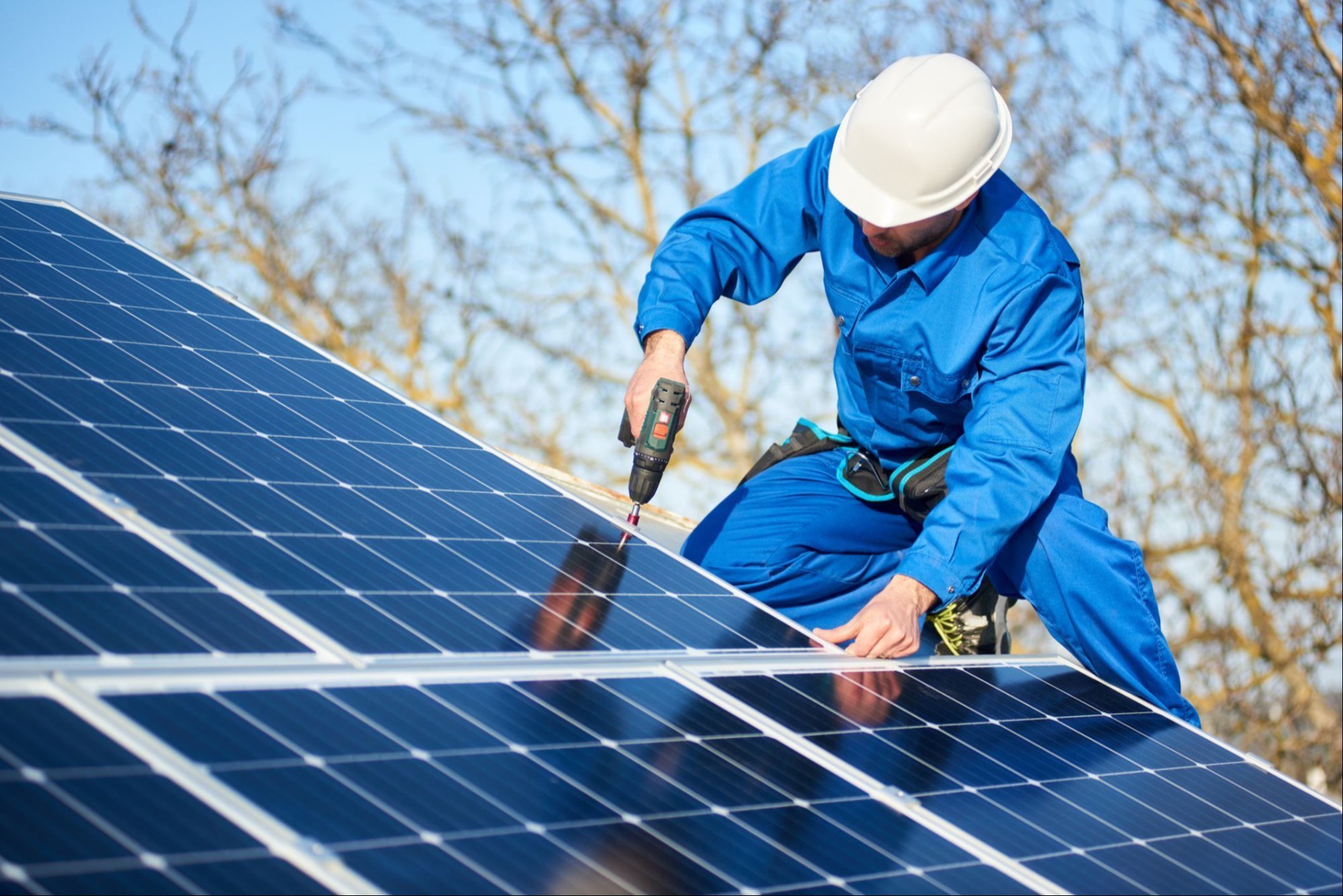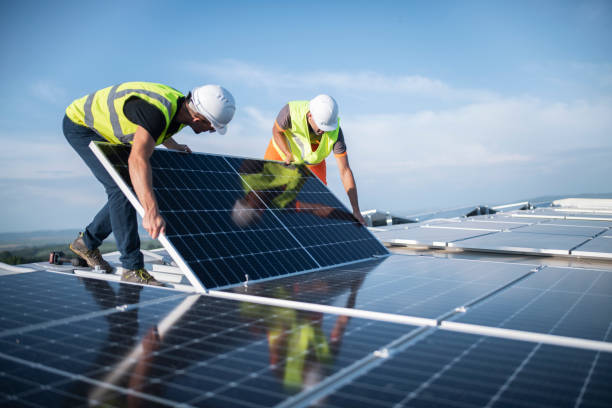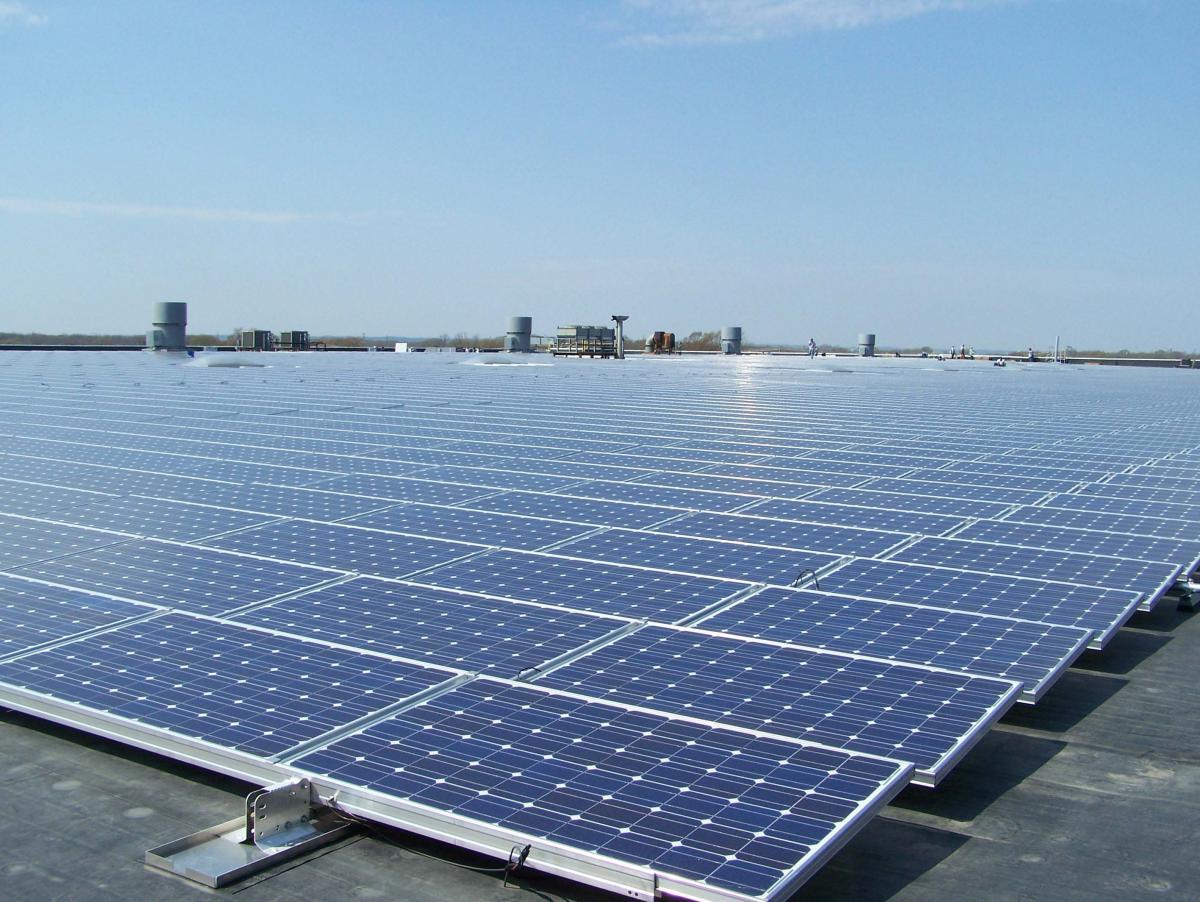As global energy demands rise and environmental concerns intensify, industries are increasingly turning toward sustainable energy solutions. Among the most impactful options is solar power—specifically, industrial solar installations. These large-scale solar systems are revolutionizing how factories, warehouses, and

As global energy demands rise and environmental concerns intensify, industries are increasingly turning toward sustainable energy solutions. Among the most impactful options is solar power—specifically, industrial solar installations . These large-scale solar systems are revolutionizing how factories, warehouses, and other industrial facilities meet their energy needs.

Industrial solar installations refer to solar power systems designed specifically for large-scale commercial and industrial use. Unlike residential setups, these installations are much larger in scale, often involving rooftop solar arrays , ground-mounted solar farms , or even solar carports that supply substantial energy loads directly to manufacturing and production facilities.
Industrial facilities consume a vast amount of electricity. By installing solar panels, these businesses can significantly reduce their electricity bills and protect themselves from fluctuating utility rates. Many companies see a return on investment (ROI) within 3–7 years, with solar panels lasting 25 years or more.
Relying less on the grid allows for greater energy security, especially in regions with unstable power infrastructure. Solar installations can be paired with battery storage to provide backup power during outages or peak demand periods.
Investing in solar energy supports sustainability goals, reducing the carbon footprint and promoting a greener image. This not only appeals to environmentally conscious consumers but can also open doors to new partnerships and certifications.
Many countries offer tax breaks, subsidies, and incentives to encourage industrial solar adoption. Programs like net metering, investment tax credits, and accelerated depreciation can significantly lower the upfront costs.
Installed on the flat or sloped roofs of factories or warehouses.
Ideal for facilities with ample land space, allowing for higher capacity installations.
Provide dual-use benefits—shading vehicles while generating power.
Installed on water bodies near industrial plants, useful in space-constrained locations.
Rooftop installations require thorough inspections to ensure they can bear the load.
Learn moreAlthough low, periodic maintenance is essential to ensure maximum efficiency.
Learn more
From tech giants like Google and Amazon to local manufacturing plants, industries across the globe are deploying solar to power operations. In India, textile factories in Gujarat have slashed energy bills by nearly 60% using rooftop solar. In the U.S., companies like Tesla and Walmart operate vast solar installations that contribute to their net-zero goals.

As solar technology continues to improve—with better panel efficiency, energy storage, and smart grid integration—the adoption of solar in industry will only accelerate. Innovations like bifacial panels and AI-based energy management are making solar even more attractive and viable.